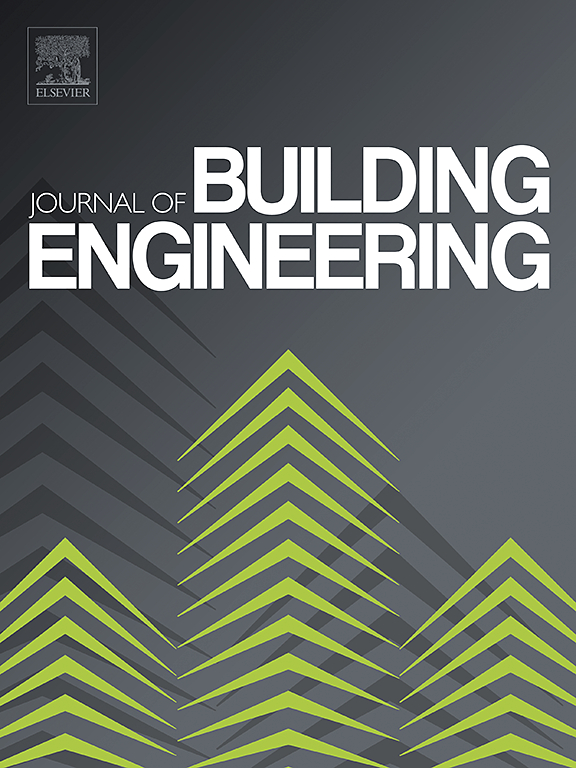物联网传感器系统用于监测双叶不透明立面住宅的热惯性和气候效率
IF 7.4
2区 工程技术
Q1 CONSTRUCTION & BUILDING TECHNOLOGY
引用次数: 0
摘要
在西班牙东南部建造了一座原型住宅,其特色是创新的双叶不透明立面,在热围护结构中有一个气候控制的空气室,以确保可持续的热舒适。关键的创新包括开发一种新型预制混凝土板。这个项目的主要目的是证明通过热包络中的空气室进行的空调是高度节能的,并保证热舒适。作为次要目标,为了研究和展示房屋在近一年的长时间内的热行为和能源效率,设计了一个可扩展的低成本物联网传感器系统,该系统具有多种数据冗余机制,以避免数据丢失。物联网系统建立在一个由44个设备组成的无线传感器网络上,部署在战略点,使用商用现成组件。每个物联网设备都是电池供电,采用高精度SHT31温度和相对湿度传感器,并使用ESP32模块通过蓝牙低功耗定期发送数据,优化功耗。物联网设备每5分钟提供一次可靠的数据,其中90%以上的设备在长期测量过程中正常运行,无需更换电池。物联网系统由一个室外气象站补充。一个多学科团队,包括传热分析和能源效率专家,以及物联网专业工程师,合作设计和开发了一个经济实惠的高质量数据收集系统。整个物联网系统和IT基础设施的设计是强大而简单的,可以在近一年的时间内24x7地收集原始数据,从而以最小的维护和工作量促进数据收集。本文章由计算机程序翻译,如有差异,请以英文原文为准。
IoT sensor system for monitoring thermal inertia and climate efficiency in a residential house with double leaf opaque facade
A prototype residential house has been constructed in Southeast Spain, featuring an innovative double leaf opaque facade with a climate-controlled air chamber within the thermal envelope to ensure sustainable thermal comfort. Key innovations include the development of a new type of prefabricated concrete panel. This project primarily aims to demonstrate that air conditioning via air chambers in the thermal envelope is highly energy efficient and guarantees thermal comfort. As a secondary objective, to study and demonstrate the thermal behaviour and energy efficiency of the house over an extended period closed to a year, a scalable and low-cost IoT sensor system was designed with several data redundancy mechanisms to avoid data loss. The IoT system is built upon a wireless sensor network of 44 devices deployed in strategic points, using commercial off-the-shelf components. Each IoT device is battery-powered, employs a high-accuracy SHT31 temperature and relative humidity sensor, and uses a ESP32 module to send data periodically via Bluetooth Low Energy with optimized power consumption. The IoT devices provide reliable data every 5 min, with more than 90 % of them functioning properly throughout the long-term measurement campaign without battery replacement. The IoT system is complemented by an outdoor weather station. A multidisciplinary team, including experts in heat transfer analysis and energy efficiency, and IoT specialist engineers, collaborated to design and develop an affordable, high-quality data collection system. The overall IoT system and IT infrastructure are designed to be robust and simple, easing raw data gathering 24x7 for almost a year, thus facilitating data collection with minimal maintenance and workload.
求助全文
通过发布文献求助,成功后即可免费获取论文全文。
去求助
来源期刊

Journal of building engineering
Engineering-Civil and Structural Engineering
CiteScore
10.00
自引率
12.50%
发文量
1901
审稿时长
35 days
期刊介绍:
The Journal of Building Engineering is an interdisciplinary journal that covers all aspects of science and technology concerned with the whole life cycle of the built environment; from the design phase through to construction, operation, performance, maintenance and its deterioration.
 求助内容:
求助内容: 应助结果提醒方式:
应助结果提醒方式:


